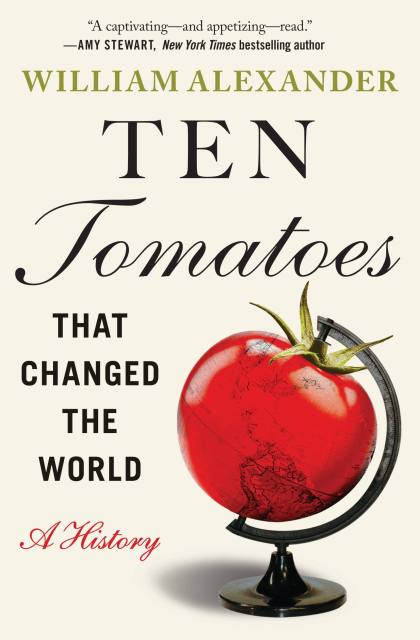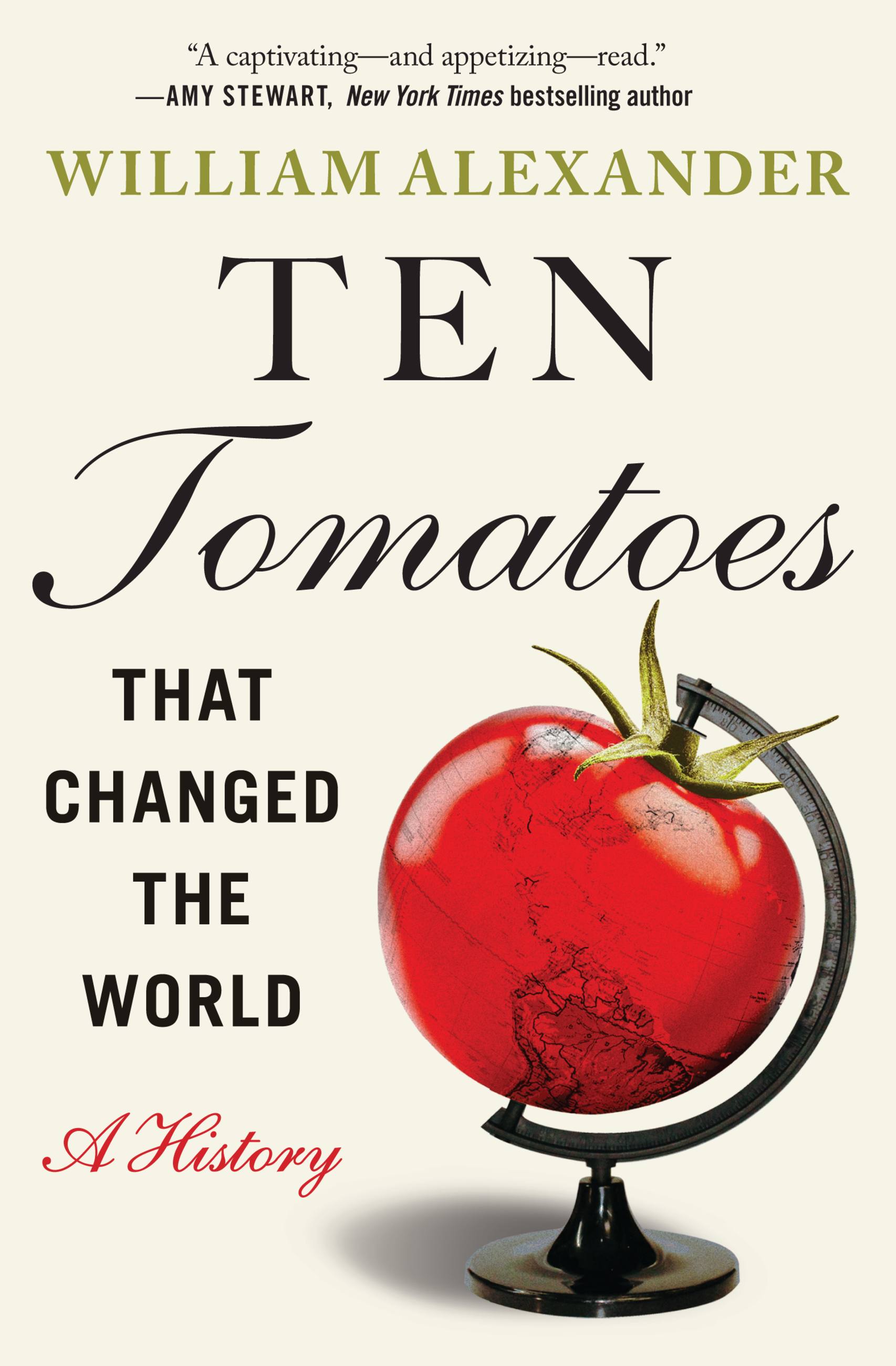Promotion
Use code MOM24 for 20% off site wide + free shipping over $45
Ten Tomatoes that Changed the World
Contributors
Formats and Prices
Price
$11.99Price
$15.99 CADFormat
Format:
- ebook $11.99 $15.99 CAD
- Hardcover $27.00 $34.00 CAD
- Audiobook Download (Unabridged) $27.99
- Trade Paperback $18.99 $23.99 CAD
This item is a preorder. Your payment method will be charged immediately, and the product is expected to ship on or around June 7, 2022. This date is subject to change due to shipping delays beyond our control.
Also available from:
The tomato gets no respect. Never has. Stored in the dustbin of history for centuries, accused of being vile and poisonous, appropriated as wartime propaganda, subjected to being picked hard-green and gassed, even used as a projectile, the poor tomato is the Rodney Dangerfield of foods. Yet, the tomato is the most popular vegetable in America (and, in fact, the world). It holds a place in America's soul like no other vegetable, and few other foods. Each summer, tomato festivals crop up across the country; John Denver had a hit single titled "homegrown Tomatoes;" and the Heinz tomato ketchup bottle, instantly recognizable, is in the Smithsonian.
Author William Alexander is on a mission to get tomatoes the respect they deserve. Supported by meticulous research but told in a lively, accessible voice, Ten Tomatoes that Changed the World will seamlessly weave travel, history, humor, and a little adventure (and misadventure) to follow the tomato's trail through history. A fascinating story complete with heroes, con artists, conquistadors and, no surprise, the Mafia, this book is a mouth-watering, informative, and entertaining guide to the good that has captured our hearts for generations.
Genre:
- On Sale
- Jun 7, 2022
- Page Count
- 320 pages
- Publisher
- Grand Central Publishing
- ISBN-13
- 9781538753316
Newsletter Signup
By clicking ‘Sign Up,’ I acknowledge that I have read and agree to Hachette Book Group’s Privacy Policy and Terms of Use







